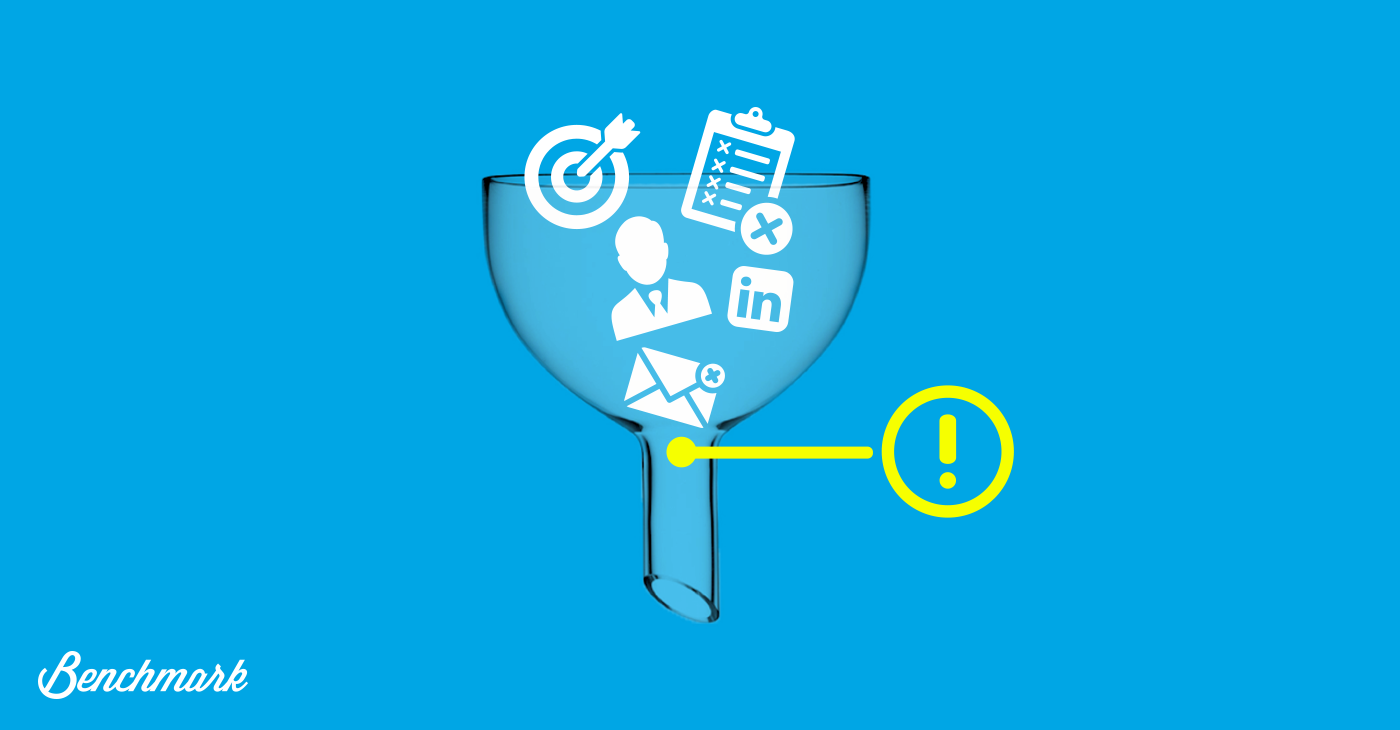
Few marketing managers see email campaigns as it’s own separate entity in need of full management. In fact, few companies, allow for a unique email marketing manager who can focus on just email marketing. In most cases, likely due to limited understanding of email marketing or lack of resources, email marketing is seen as a peg in the marketing wall.
While it’s possible to do this, the problem arises when email is not at least treated like its own unique system, which it needs to be. When it’s not treated uniquely, it’s very easy to succumb to common missteps that create a bottleneck in your marketing game.
Here are some common ways that can happen:
Widespread Campaigns
It would seem counter-intuitive that a broad campaign would actually create a bottleneck, but that’s very likely. When you said a broad campaign, it’s a lot like sending out spam. The content won’t be tailored to different audiences. The data will also be misleading because you’ll have either too much to work or data that’s spread over too many different variables. It is much better to send to a segmented list of people so your campaign can be relevant to each group. If you have to send a campaign to your entire list, then at least send it through segmentation based on best practices and behavior patterns. You can break it up by demographic, purchase habits, topic interest or style/tone preference, and stage of audience and consumer cycle. Notice that your message isn’t changing, you’re just doing a better job of speaking in the language someone is more likely to understand or respond to. This allows your data to return to you in customized segmented doses, which is a lot easier to process and piece back together again.
The Unsolicited Campaign
If you’re still starting out and building your email list or trying to grow it to meet your enterprise stage of business. Sending to people haven’t necessarily subscribed to your email list is always going to create a backlash because now you’re dealing with an angered audience, or at the very least a higher percentage of unopened rates, higher bounce rates, less click throughs and more unsubscribes. At the enterprise level where reports matter and stakes are higher with investors or prospective investors, what this does is skew your reports unfavorably. So while it may be nice to think you’ve got 200 more subscribers this week, and you might feel good about sharing that, the fact is the people who matter aren’t going to care about that when they’re looking at the data that’s leftover when all’s said and done.
That said you can tap into subscribers you didn’t even know you had: LinkedIn. There’s a way to export your contacts and import them as a new contact list. This can be done several times across the company with different stakeholders. Note though that at an enterprise level, this means that a CEO could use his LinkedIn email contacts in campaigns that come from him, versus from brand. That changes if the CEO is the brand.
Understanding email bottleneck triggers is also about being a lean business. The more you can forecast what is going to be an obstacle in your ability to conduct business, the better off you are. This way you’re acting proactively instead of reactively once the bottleneck has kicked in.



